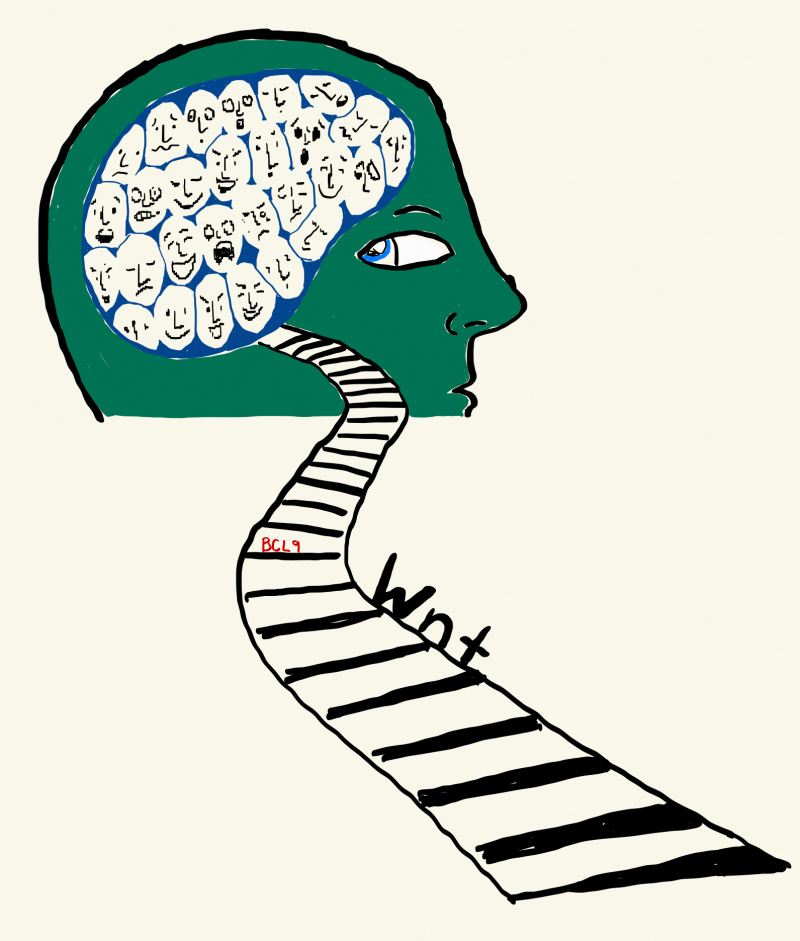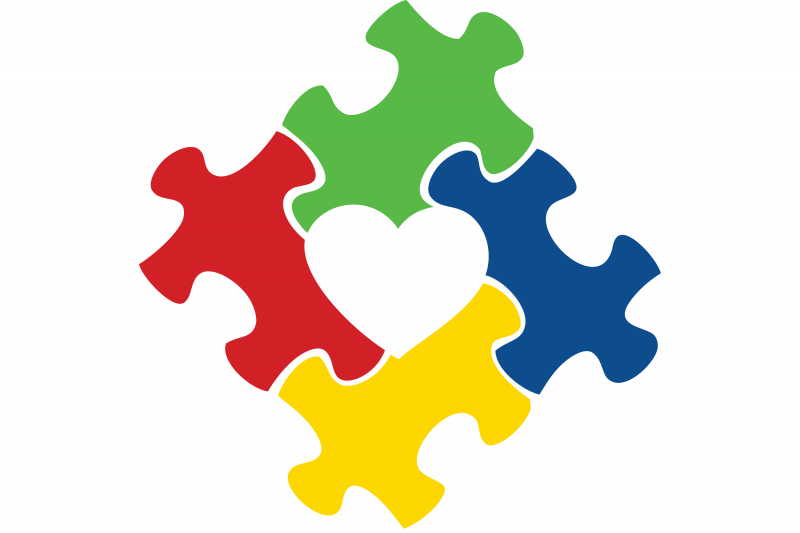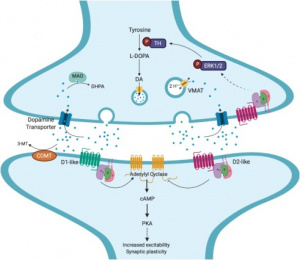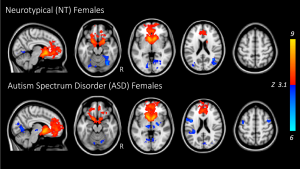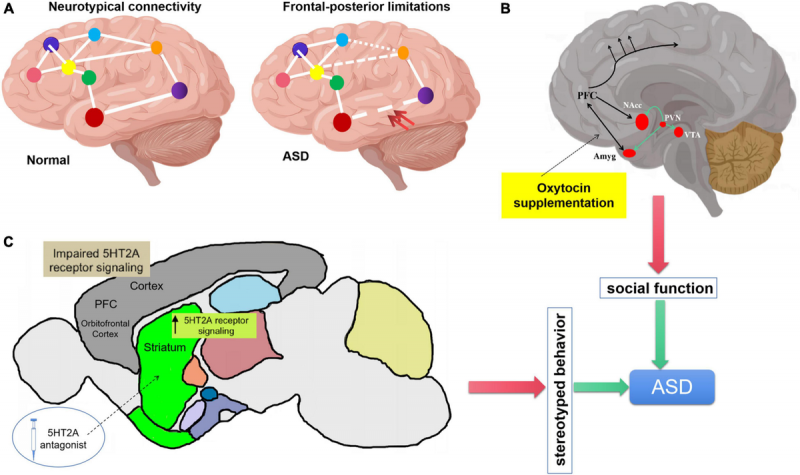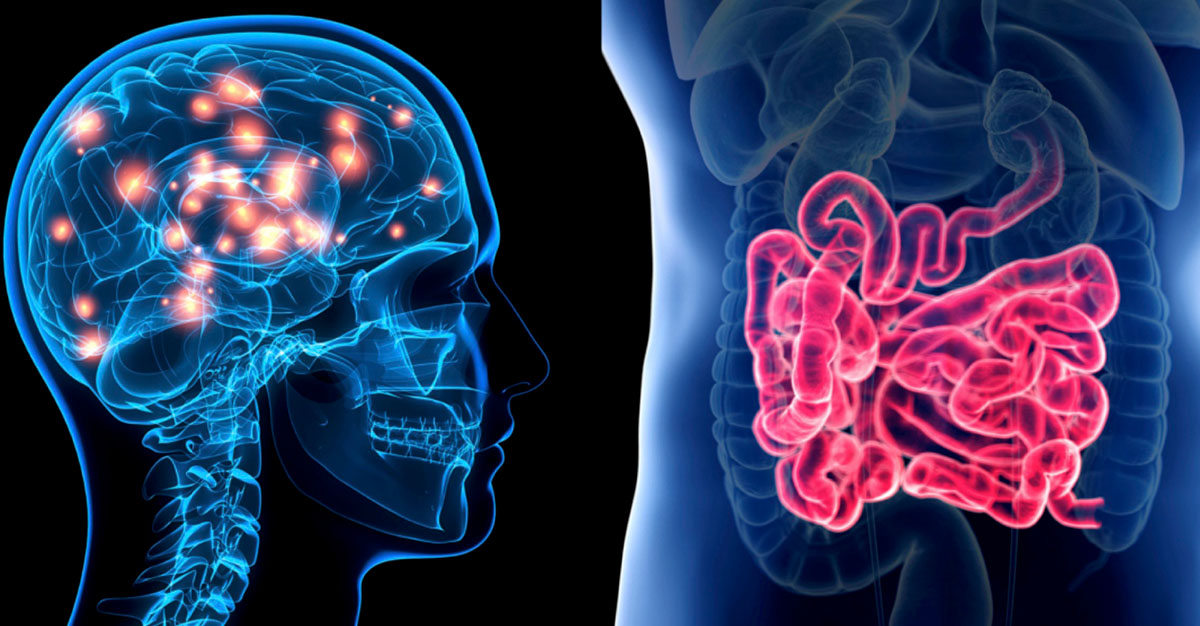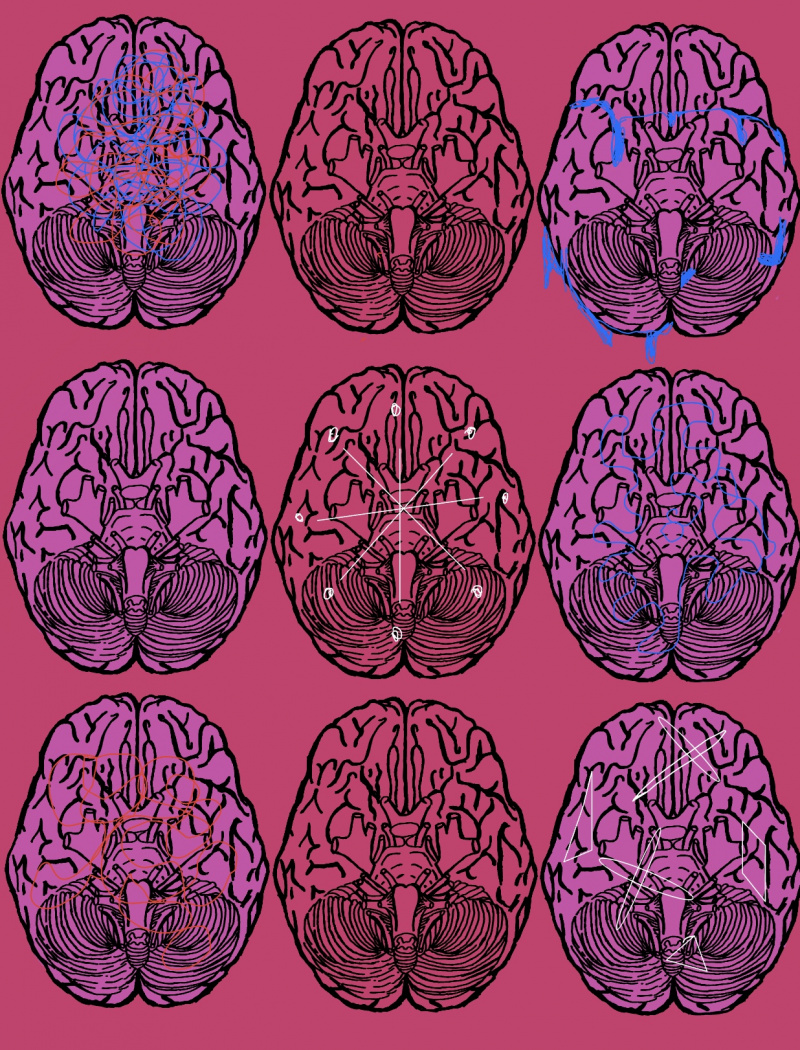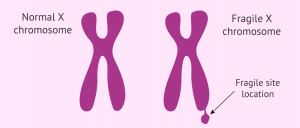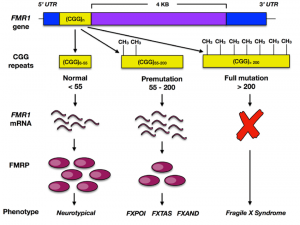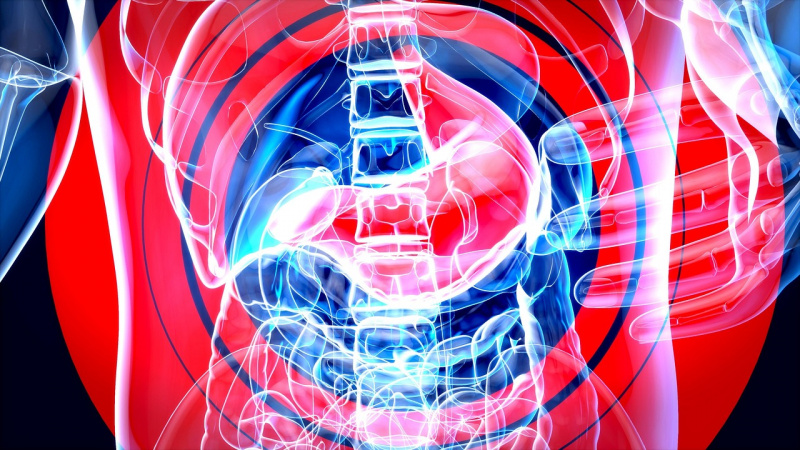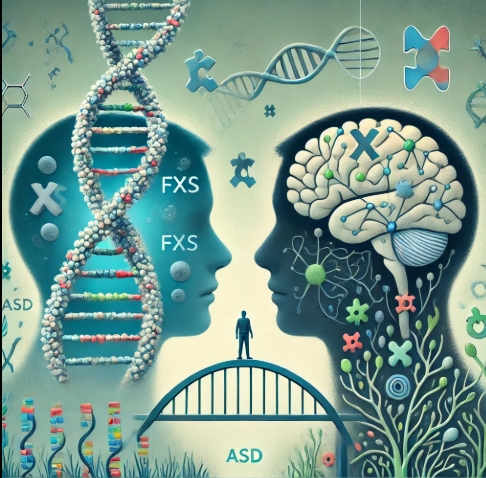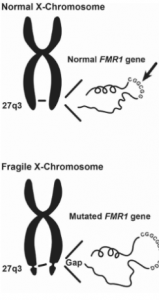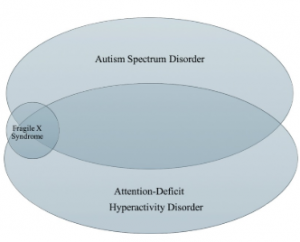Artstract created by Charlene Geraci
Have you ever wondered if you are predisposed to a mental illness? Schizophrenia is thought to be a disorder of brain development and neural connectivity1, and genetic mutations may be a cause of such disruption. To understand how this is so though, let’s dive into a pathway that has shown promise in playing a critical role in schizophrenia: the Wnt signaling pathway.

Figure 1. This displays the canonical Wnt signaling pathway, beginning with the binding of a Wnt ligand to the LRPF6-Frizzled receptor and ending with either beta-catenin translocation into the nucleus or proteasomal degradation.1
The Wnt signaling pathway
The canonical/common Wnt signaling pathway is a highly conserved pathway, and when Wnt ligands aren’t binding to their receptors, a destruction complex containing glycogen synthase kinase 3 (GSK3) is active within the cell. Active GSK3 phosphorylates a protein called beta-catenin, which targets it for degradation by proteosomes. When Wnt ligands are present though, GSK3 is inactive, and this allows beta-catenin to be translocated from the cytoplasm into the nucleus. Here, beta-catenin binds to other cofactors to allow for transcription of genes. See Figure 1 for a visual representation of this pathway. When the transcription of Wnt genes is dysregulated, it can lead to changes that inhibit GSK3 and therefore increase beta-catenin levels, or the opposite.1
How BCL9 allows beta-catenin to perform its role in Wnt signaling
But how is that correlated with schizophrenia? Well, there is a type of genetic mutation called copy number variations (CNV) that involve duplications or deletions of genetic material, like DNA; and these CNVs have a high penetrance for schizophrenia if found in your DNA. In other works, although the risk for contracting these CNVs is low, they markedly increase risk of developing schizophrenia for those who have them.1
One CNV involves the B-cell lymphoma 9 (BCL9) gene, which stands out because it alters brain size and neural stem cell proliferation, which is tied with development of schizophrenia.1 It is notable because it regulates brain size by playing a critical function in Wnt signaling, as BCL9 is a transcriptional co-activator of beta-catenin2 that keeps beta-catenin within the nucleus and thereby helps to initiate gene transcription1. Seen in Figure 2 is the alpha-helical structure of BCL9 and the other co-activator of beta-catenin, which varies among animal-type.

Figure 2. This portrays the 3-dimensional structure of beta-catenin and its transcriptional co-activators, including BCL9.2
The BCL9 gene and how it impacts the Wnt signaling pathway in muscle growth
But BCL9 doesn’t just regulate brain size. For example, one study looked at the role of BCL9 is adult muscle stem cells. The researchers did this by silencing a section of the BCL9 gene that encoded for BCL9’s binding site for beta catenin. This generated mice that were null for BCL9/9-2 in muscle, and then this experimental group and the control group were subjected to a medium that contained Wnt3, analyzing for beta-catenin localization.3

Figure 3. Each graph in this figure compares the percentage of myogenic cells in WT versus BCL9/9-2 null mice. The higher percentage in the WT group that received Wnt3A contrasted with the unchanged percentage in the BCL9 null group indicates how proliferation of muscle cells cannot occur properly without BCL9 activity.3
Results, seen in Figure 3, showed that BCL9 is essential for Wnt signaling during specific stages of adult muscle stem cell activation because it promotes differentiation of adult myogenic progenitors. Figure 3 displays how myogenic cell levels were significantly decreased in mice who did not express the BCL9 binding site for beta-catenin, even in the presence of Wnt3, which is a glycoprotein of the Wnt family. Therefore, it is proven that BCL9 is needed for Wnt signaling to occur properly.3 For more in depth information on this intriguing study and its results, click here.
Mutations in the BCL9 gene & when they are connected to schizophrenia
So not only does the Wnt signaling pathway regulate brain size/neural stem cell proliferation, but it also regulates muscle growth. The pathway also regulates much more bodily processes, which will not be covered here, but to learn more, click here. These functions differ based off when and where during development the Wnt signaling pathway is occurring, but the common denominator that controls its expression is BCL9. Therefore, further research on BCL9’s specific role in different stages of development could help progress treatment of mental illnesses such as schizophrenia if researchers determine when the Wnt signaling pathway directs proper neural stem cell development. If mutations in the genes that direct Wnt signaling, such as the BCL9 CNV, can be identified early on in development, then perhaps pharmaceuticals that counteract the impact of such mutations can be administered to restore brain size and neuron growth, thus reducing manifestation of schizophrenia symptoms in those genetically predisposed. In addition, knowledge in this area could help further determine mechanisms useful in treating non-genetically inherited schizophrenia.
Footnotes:
1Michaud, Jacques L., Pourquié, Olivier. “An emerging role for Wnt and GSK3 signaling pathways in schizophrenia.” Clin Genet, vol. 83, pp. 515, doi: 10.1111/cge.12111
2Sampietro, James, et. al. “Crystal structure of a beta-catenin/BCL9/Tcf4 complex”. Mol Cell, vol. 24, no. 2, 2006, pp. 293-300, doi: 10.1016/j.molcel.2006.09.001.
2Brack, Andrew S., et. al. “BLC9 is an essential component of canonical Wnt signaling that mediates the differentiation of myogenic progenitors during muscle regeneration.” Dev Biol, vol. 335, no. 1, 2009, pp. 93-105, doi: 10.1016/j.ydbio.2009.08.014

